And Release Patterned Tension
Our hands are meant to create. We do the intricate activities of life such as building, writing, painting, carrying, feeling and so much more with our hands.
However, due to anatomical and neurological asymmetries in the body, our creativity is stifled by a more basic need, stability.
The postural restoration institute, or PRI for short, recognizes these asymmetries in the body and helps us correct these patterns in our body so that we can experience freedom and flow.
Due to the natural asymmetries that exist in all of us, we have a bias to center our mass over our right leg.
This preference is deeply rooted in the position of our internal organs, our diaphragm size and position, and a variety of neurological factors such as where certain functions are located within the brain, such as speech or motor control.
If something happens in our lives that makes us feel insecure, such as a physical injury or emotional trauma (and often physical injuries are emotionally traumatic), we will shift our mass into our right side because this feels “safe.”
This is not problematic, unless it persists and we forget how to get back to our left side.
When this happens, the right hand can no longer create, because now it is a splint, keeping you over to the right side.
If you were to step out onto your street right now and watch people walk, you’ll notice that many of them do not move their right arm as much as their left. This is because they are literally stabilizing themselves with that arm so they can stay centered on the right side.
This continued right side preference and “gluing” of the right arm to the side results in other changes over time.
Specifically, the right shoulder will tend to drop as the right abdominal wall becomes stronger and more tense, while the left abdominal wall becomes weak and lengthened.
The intercostal muscles (that live between the ribs) get short and tight on the right side, along with the fascia surrounding them. The right latissimus muscle becomes hypertonic, because he is a primary muscle that glues arms to sides.
So How Do We Free Our Hands (especially the right)?
Any activity that gets your right arm away from your body is helpful. When was the last time you raised your arms overhead? We don’t do varied motions like this often enough.
Opening up your right side ribs also helps immensely. Try leaning on your right arm with your legs in front of you, as shown in this picture below, based on an exercise from the Postural Restoration Institute.

Most people find this position (right leg in front, left leg in back and right ribs opening up) to feel more unfamiliar than the other side (propped on left arm) because of the anatomical and neurological biases discussed earlier. So do a version that feels comfortable for you, as it will likely feel unusual. There should be no pain in this position.
By simply being, existing and breathing in positions that are the opposite of the patterns that you typically and unconsciously are doing all the time, your brain and body start to restore alternation, freedom, and flow.
Instead of holding you up, your hands (and mind) are free to create instead of just stay upright somehow.
Another way to free up arms and hands is by getting more alternating activity into your life. Walking, climbing, crawling, anything you can think of to get those arms and legs moving in opposite directions is helpful. Watch children, they have this pretty well dialed in.
Try these tips and let your arms and hands be free and creative again.

